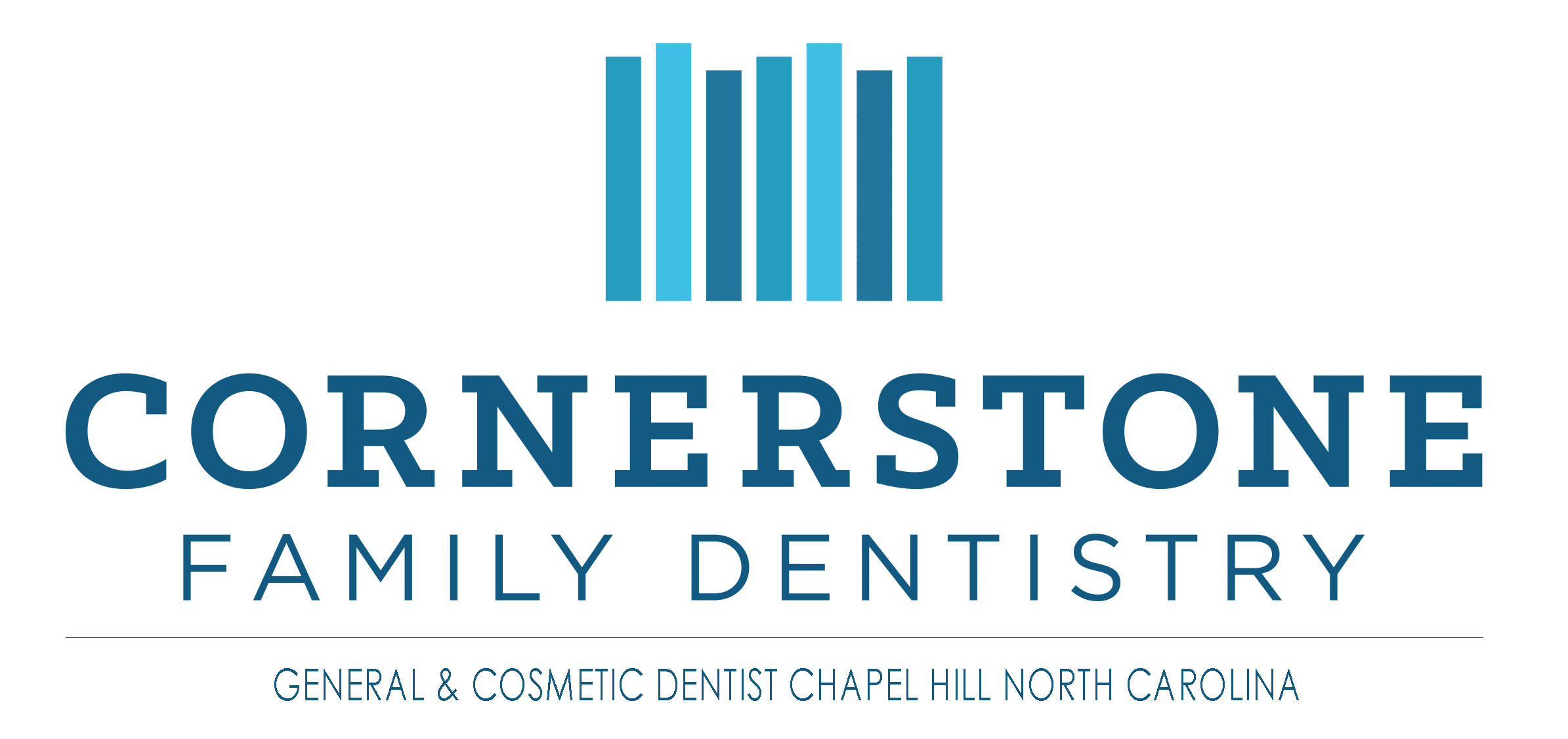Fix Missing Teeth
Whether the result of an accident, trauma to the mouth, gum disease, or tooth decay, losing a tooth is never fun. A missing tooth can affect speech, chewing, and can create cosmetic concerns. Luckily, there are several treatment options available which will be explored in this article.
Options for Fixing a Lost Tooth
If missing one or more teeth, there are several replacement options. Some of the more common include:
- Dental Implants: A permanent solution for a missing tooth, dental implants look and feel like a natural tooth. The process for placing a dental implant begins with the dentist or oral surgeon cutting open the gums after which, metal posts are implanted into the gumline. The metal posts act as tooth roots onto which, the dentist will mount a prosthetic tooth. Generally, a healing period will be needed between placing the metal implants and installing the prosthetic tooth. When compared to other treatment options for missing teeth, dental implants are amongst the most effective but because surgery is involved, cost and recovery time are greater.
- Implant-Supported Bridge: If several teeth in a row are missing, an implant-supported bridge may be a great restoration option. Instead of replacing each missing tooth with a separate dental implant, the dentist uses the bridge to replace the row of teeth that is attached at both ends by implants. The teeth between the bridge are held in place without any cementing or screwing. In the right situation, implant-supported bridges are economical and just as effective and natural-looking as dental implants. However, the treatment is only suitable for patients missing several teeth in a row and generally will require several dentist visits to complete. And unlike dental implants, bridges are not permanent and will ultimately need to be replaced.
- Tooth-Supported Bridge: Patients that are concerned with surgery and cost may opt for a tooth-supported bridge. Instead of having two posts implanted into the tooth roots, the dentist places a tooth-supported bridge on top of the patient’s existing teeth. Crowns are placed over the adjacent the missing tooth before being cemented in place. This treatment option generally requires multiple visits but can be completed within a month. Like dental implants, tooth-supported bridges look, feel, and function like natural teeth. While this option is less costly and does not require surgery, there are some drawbacks. First, the adjacent teeth anchoring the bridge will need to be filed down and fitted with crowns which could increase the risk of infection. In addition, food particles can become trapped under the fake teeth which will require meticulous cleaning.
- Removable Partial Denture: An alternative to traditional, full dentures, removable partial dentures provide similar results with less fuss. Unlike a full set of dentures, a partial denture may have only one or two teeth. No surgery is required as the denture is clasped in place and the treatment is cost effective. However, the denture may be uncomfortable and harder to clean than traditional dentures.
- Flipper: A temporary partial denture known for its ease of flipping in and out, a flipper is often a flimsy temporary option prepared in advance (such as when extraction of teeth is expected). Along with the reduced quality, flippers differ from partial dentures in that they do not require metal clasps to hold them in place. But because the flipper is not robust, it is not meant to be a permanent replacement for lost teeth. Instead, it acts as a stopgap in between dental procedures.
